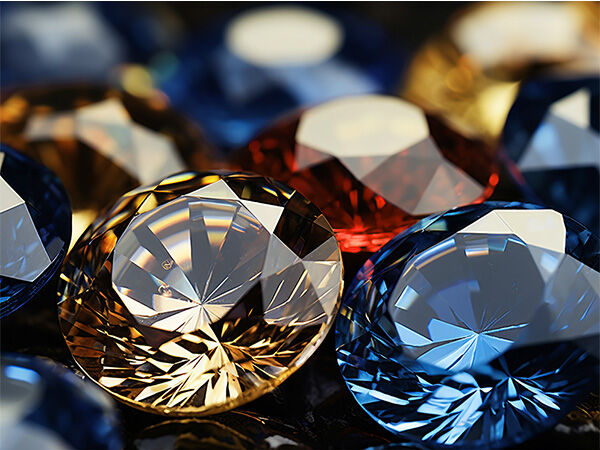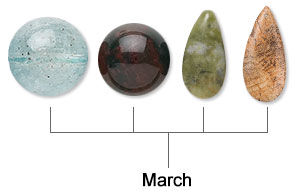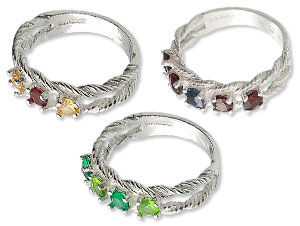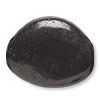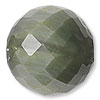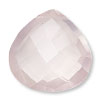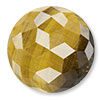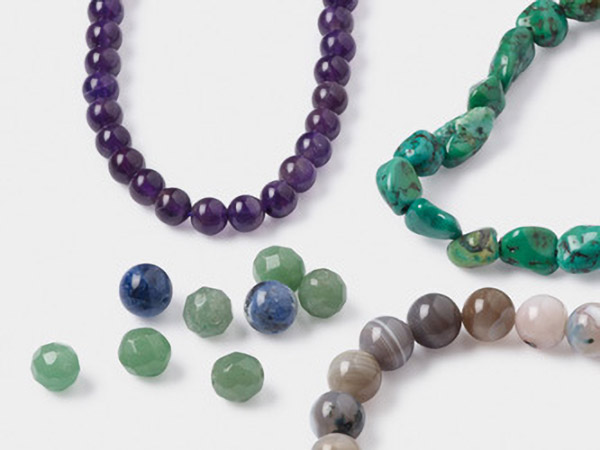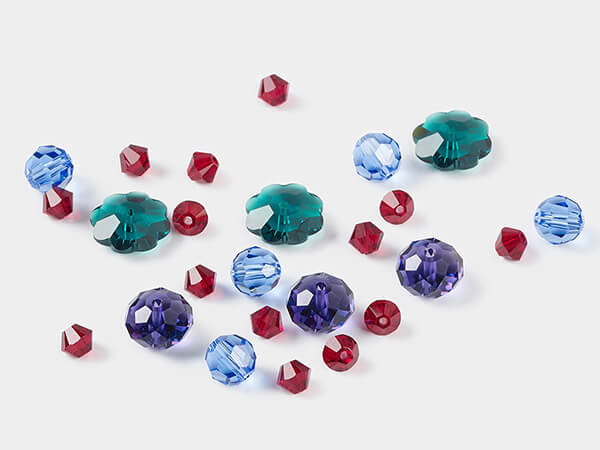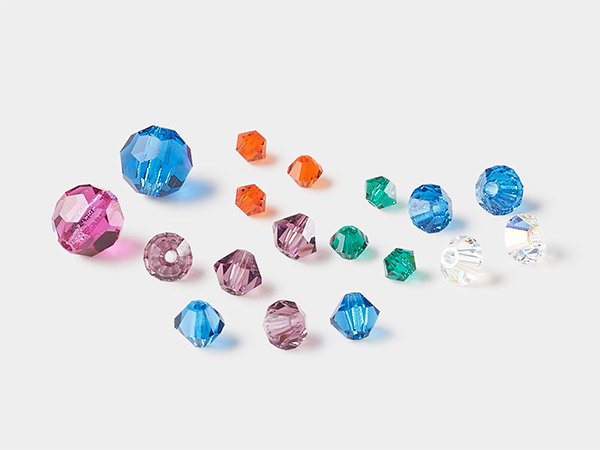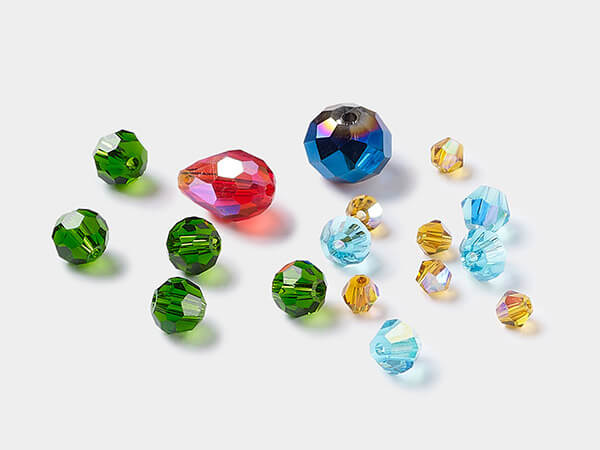12 and 12 More: Alternate Choices for Birthstones
"The February-born shall find
Sincerity and peace of mind,
Freedom from passion and from care,
If they an amethyst will wear."
- Birthstone Poem, first published by Tiffany and Co., 1870
If you talk to mathematicians, the number twelve is where it's at. They call it the duodecimal or "dozenal," system—and have written dozens (ha!) of papers arguing for its adoption.
The mathematicians aren't alone, either. When you look at human history, the number twelve has a lot of staying power:
- Twelve inches to a foot
- Twelve items to a dozen—and twelve dozens to a gross
- Twelve troy ounces to troy pound
- Twelve tribes of Israel—and twelve disciples of Jesus
- Twelve Western Zodiac signs per year—or twelve Chinese Zodiac signs in a cycle
And, of course ...
- Twelve months in a year—and twelve birthstones to go with them!
But Which Birthstone?
There are many systems of birthstones, coming from multiple cultures and histories, and each has their own origin story.
A great many of the birthstone beliefs used in the United States and Europe come from Biblical sources and the medieval church. Many of the gemstones currently used as birthstones are listed in the breastplate of Aaron, the High Priest (Exodus 28:17-20). During the Middle Ages and into the Renaissance, those stones were frequently assigned to specific saints. Believers would wear that saint's gemstone as a way of encouraging their attention or assistance with a specific physical, emotional or spiritual problem. This system of belief eventually evolved into the current system of metaphysical or healing associations with particular gemstones.
In the 900s, the use of gemstones to treat a range of spiritual ailments was emerging in Tibet. Meanwhile, Ayurvedic medicine was taking off in India, with different gemstones associated with different months and different personality types. This came out of a long tradition of birthstones in ancient Indus Valley writings. Some gemstone names have been translated—others are still a mystery.
Not all birthstone lists run on a per-month basis. Some are yearly—like the Chinese Zodiac—while others are based on the day, or even the hour, of birth.
Alternative Designing
Birthstones are a popular gift item for both women and men. From class rings to full jewelry sets, there's birthstone jewelry that appeals to everyone. With all the different sources of birthstones, jewelry makers have some unusual options to make their designs stand out:
Cover your bases
Create birthstone jewelry that uses every single one of a particular month's birthstones. For example, offer that March-born customer jewelry which includes aquamarine (modern American), bloodstone (ancient Hebrew), jade (Mystical / Tibetan) and jasper (Russian)! Be sure to include the different sources for your gemstones and customers can choose according to their cultural interests and ethnic heritages.
Healing properties
The mystical or Tibetan birthstone chart was originally derived for healing purposes. Crystal healing or metaphysical uses of gemstones are still popular. Create jewelry designed to target certain life challenges—health, serenity, spiritual growth, etc.
Make it personal
Create ultra-personalized birthstone rings using the month / day of week / hour charts by adding them to a mother's ring setting. For example, the first baby of 2015 born in your area would be born Thursday, January 1st, between midnight and 1 a.m. That means a birthstone triad of garnet to mark the month, sapphire (or carnelian or emerald) for the day of the week and onyx for the hour!
Chinese Zodiac vs. Babylonian Zodiac
The Chinese Zodiac is year-based, with a new sign taking precedence on the lunar New Year: Year of the Dragon, Year of the Rabbit, Year of the Horse, etc. Lunar New Year varies from year to year, usually falling sometime between January 1st and February 20th. If your customers were born within that time frame, you'll need to pay special attention in order to identify their proper year and get them the proper birthstone.
Meanwhile, American newspapers tend to list the Babylonian Zodiac, also called the western, tropical or sidereal Zodiac, with its familiar list of names: Aquarius, Taurus, Virgo, etc. This Zodiac traces the sun's progress across the sky over the course of a single year, marking its position within 12 named zones. The zones are named after particular constellations, but those constellations are not the only ones within each zone of the sky.
Here's the sidereal Zodiac, with its traditional birthstones, per George F. Kunz's seminal book The Curious Lore of Precious Stones:
- Aries (March 22 - April 20): bloodstone
- Taurus (April 21 - May 21): sapphire
- Gemini (May 22 - June 20): agate
- Cancer (June 21 - July 22): emerald
- Leo (July 23 - August 22): onyx
- Virgo (August 23 - September 22): carnelian
- Libra (September 23 - October 23): chrysolite
- Scorpio (October 24 - November 21): beryl
- Sagittarius (November 22 - December 21): topaz
- Capricorn (December 22 - January 20): ruby
- Aquarius (January 21 - February 21): garnet
- Pisces (February 22 - March 21): amethyst
What about that "new" Zodiac sign?
Some adherents of sidereal astrology include the sign Ophiuchus (aw-fee-YEW-kuss), while others stick to the standard and traditional twelve. The constellation now known as Ophiuchus ("snake-bearer") was called Asclepius by the Romans, named after a son of Apollo. In myth, Asclepius was famous for his healing powers.
With the inclusion of Ophiuchus, the sidereal Zodiac dates change. Here's what it looks like with the "thirteenth sign":
- Aries (April 19 - May 13)
- Taurus (May 14 - June 19)
- Gemini (June 20 - July 20)
- Cancer (July 21 - August 9)
- Leo (August 10 - September 15)
- Virgo (September 16 - October 30)
- Libra (October 31 - November 22)
- Scorpio (November 23 - November 29)
- Ophiuchus (November 30 - December 17)
- Sagittarius (December 18 - January 18)
- Capricorn (January 19 - February 15)
- Aquarius (February 16 - March 11)
- Pisces (March 12 - April 18)
If you choose, you can offer these birthstones for the "snake-bearer" sign: fluorite, bloodstone, tanzanite, kyanite and black tourmaline. As astrologers' adoption and use of Ophiuchus is new and nonstandardized, there are a variety of other gemstones also associated with this Zodiac sign. Explore the alternatives and make your own choices!
Cultural Birthstones
| Month | Ancient Hebrew | Ayurvedic | Mystical/Tibetan | Polish | Russian |
|---|---|---|---|---|---|
| January | 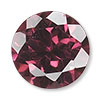 Garnet Garnet |
 Garnet Garnet |
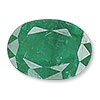 Emerald Emerald |
 Garnet Garnet |
 Garnet Garnet |
| February | 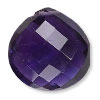 Amethyst Amethyst |
 Amethyst Amethyst |
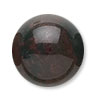 Bloodstone Bloodstone |
 Amethyst Amethyst |
 Amethyst Amethyst |
| March |
 Bloodstone Bloodstone
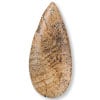 Jasper Jasper
|
 Bloodstone Bloodstone |
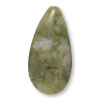 Jade Jade |
 Bloodstone Bloodstone |
 Jasper Jasper |
| April | 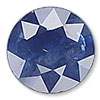 Sapphire Sapphire |
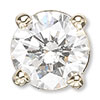 Diamond Diamond |
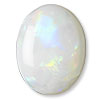 Opal Opal |
 Diamond Diamond |
 Sapphire Sapphire |
| May |
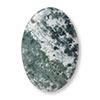 Agate Agate
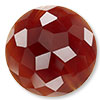 Carnelian Carnelian
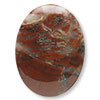 Chalcedony Chalcedony
|
 Agate Agate |
 Sapphire Sapphire |
 Emerald Emerald |
 Emerald Emerald |
| June |  Emerald Emerald |
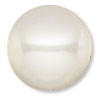 Pearl Pearl |
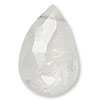 Moonstone Moonstone |
 Agate Agate |
 Agate Agate
 Chalcedony Chalcedony
|
| July | 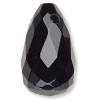 Black Onyx Black Onyx |
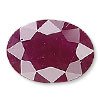 Ruby Ruby |
 Ruby Ruby |
 Ruby Ruby |
 Ruby Ruby
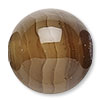 Sardonyx Sardonyx
|
| August |  Carnelian Carnelian |
 Sapphire Sapphire |
 Diamond Diamond |
 Sardonyx Sardonyx |
Alexandrite |
| September | Chrysolite |
 Moonstone Moonstone |
 Agate Agate |
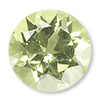 Peridot Peridot |
Chrysolite |
| October |  Aquamarine Aquamarine |
 Opal Opal |
 Jasper Jasper |
 Aquamarine Aquamarine |
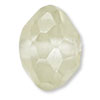 Beryl Beryl |
| November | 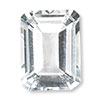 Topaz Topaz |
 Topaz Topaz |
 Pearl Pearl |
 Topaz Topaz |
 Topaz Topaz |
| December |  Ruby Ruby |
 Ruby Ruby |
 Onyx Onyx |
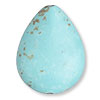 Turquoise Turquoise |
 Turquoise Turquoise
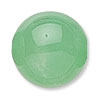 Chrysoprase Chrysoprase
|
Modern Gemstone Birthstones with Alternatives
| Month | Stone | Properties | Preciosa Crystal | Celestial Crystal® | Crystal Passions® |
|---|---|---|---|---|---|
| January |  Garnet Garnet |
Calmness Sleep tight; this gem is said to help prevent nightmares. |
 Siam Siam |
 Red Red |
 Siam Siam |
| February |  Amethyst Amethyst |
Power Ancient lore claims it can be worn to prevent intoxication. |
 Amethyst Amethyst |
 Amethyst Purple Amethyst Purple |
 Amethyst Amethyst |
| March |
 Aquamarine Aquamarine
|
Rapport It is believed that wearing this gem ensures a long and happy marriage. |
 Aquamarine Aquamarine |
 Light Blue Light Blue |
 Aquamarine Aquamarine |
| April |  Diamond Diamond |
Endurance This timeless stone is claimed to instil strength and courage. |
 Crystal Crystal |
 Clear Clear |
 Crystal Crystal |
| May |  Emerald Emerald |
Clarity Ancient cultures believed emeralds could cure eye problems. |
 Emerald Emerald |
 Emerald Green Emerald Green |
 Emerald Emerald |
| June |  Pearl Pearl |
Joy Believed to foster love and fertility. |
 White Imitation Pearl White Imitation Pearl |
 White Imitation Pearl White Imitation Pearl |
 White Imitation Pearl White Imitation Pearl
|
| July |  Ruby Ruby |
Harmony Its deep beauty has been used to reconcile differences and protect warriors in battle. |
 Rose Rose |
.jpg) Pink Pink |
 Rose Rose
|
| August |  Peridot Peridot |
Purity Believed to protect its wearer from evil spirits. |
 Peridot Peridot |
.jpg) Peridot Green Peridot Green |
 Peridot Peridot |
| September |  Sapphire Sapphire |
Loyalty The true blue is said to encourage honesty and fidelity. |
 Sapphire Sapphire |
.jpg) Medium Blue Medium Blue |
 Sapphire Sapphire |
| October |  Opal Opal |
Hope Many believe wearing opal provides foresight and prophecy. |
 Light Sapphire Opal Light Sapphire Opal |
.jpg) Frosted Clear Frosted Clear |
 White Opal White Opal |
| November | 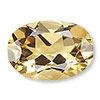 Citrine Citrine |
Success This crystal is known for its value in aiding manifestation of abundance and prosperity. |
 Topaz Topaz |
.jpg) Gold Gold |
 Topaz Topaz |
| December |  Turquoise Turquoise |
Peace This ancient gemstone is said to grant health and good fortune. |
 Blue Zircon Blue Zircon |
 Turquoise Blue Turquoise Blue |
 Blue Zircon Blue Zircon |
Birthstones by Day of the Week
Birthstones by Hour of Birth
| A.M. | P.M. | |
|---|---|---|
| 12:00 (Midnight/Noon) |
 Onyx Onyx |
 Diamond Diamond |
| 1:00 | 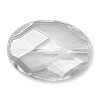 Quartz Crystal Quartz Crystal |
Zircon |
| 2:00 | 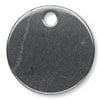 Hemalyke Hemalyke |
 Emerald Emerald |
| 3:00 | 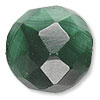 Malachite Malachite |
 Beryl Beryl |
| 4:00 | 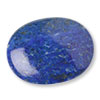 Lapis Lazuli Lapis Lazuli |
 Topaz Topaz |
| 5:00 |  Turquoise Turquoise |
 Ruby Ruby |
| 6:00 | 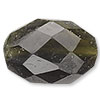 Tourmaline Tourmaline |
 Opal Opal |
| 7:00 | Chrysolite |  Sardonyx Sardonyx |
| 8:00 |  Amethyst Amethyst |
 Chalcedony Chalcedony |
| 9:00 | 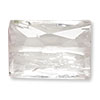 Kunzite Kunzite |
 Jade Jade |
| 10:00 |  Sapphire Sapphire |
 Jasper Jasper |
| 11:00 |  Garnet Garnet |
Lodestone |
Babylonian Zodiac
| Aquarius |  Garnet Garnet |
 Amethyst Amethyst |
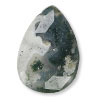 Moss Agate Moss Agate |
 Opal Opal |
||
|---|---|---|---|---|---|---|
| Pisces |  Amethyst Amethyst |
 Aquamarine Aquamarine |
 Bloodstone Bloodstone |
 Jade Jade |
 Sapphire Sapphire |
|
| Aries |  Bloodstone Bloodstone |
 Diamond Diamond |
 Ruby Ruby |
|||
| Taurus |  Sapphire Sapphire |
 Emerald Emerald |
 Diamond Diamond |
|||
| Gemini |  Garnet Garnet |
 Amethyst Amethyst |
Alexandrite | |||
| Cancer |  Emerald Emerald |
 Pearl Pearl |
 Ruby Ruby |
 Moonstone Moonstone |
||
| Leo |  Onyx Onyx |
 Ruby Ruby |
 Peridot Peridot |
 Jade Jade |
 Sardonyx Sardonyx |
 Diamond Diamond |
| Virgo |  Carnelian Carnelian |
 Jade Jade |
 Jasper Jasper |
 Moss Agate Moss Agate |
 Blue Sapphire Blue Sapphire |
|
| Libra |  Peridot Peridot |
 Lapis Lazuli Lapis Lazuli |
 Sapphire Sapphire |
 Opal Opal |
||
| Scorpio |  Aquamarine Aquamarine |
 Emerald Emerald |
 Ruby Ruby |
Golden Topaz | ||
| Saggitarius |  Topaz Topaz |
 Turquoise Turquoise |
 Lapis Lazuli Lapis Lazuli |
 Onyx Onyx |
||
| Capricorn |  Ruby Ruby |
 Agate Agate |
 Garnet Garnet |
 Black Onyx Black Onyx |
Chinese Zodiac
Have a question regarding this project? Email Customer Service.
Copyright Permissions
All works of authorship (articles, videos, tutorials and other creative works) are from the Fire Mountain Gems and Beads® Collection, and permission to copy is granted for non-commercial educational purposes only. All other reproduction requires written permission. For more information, please email copyrightpermission@firemtn.com.
**Please note that all metaphysical or healing properties listed are collected from various sources. This information is offered as a service and not meant to treat medical conditions. Fire Mountain Gems and Beads® does not guarantee the validity of any of these statements.
